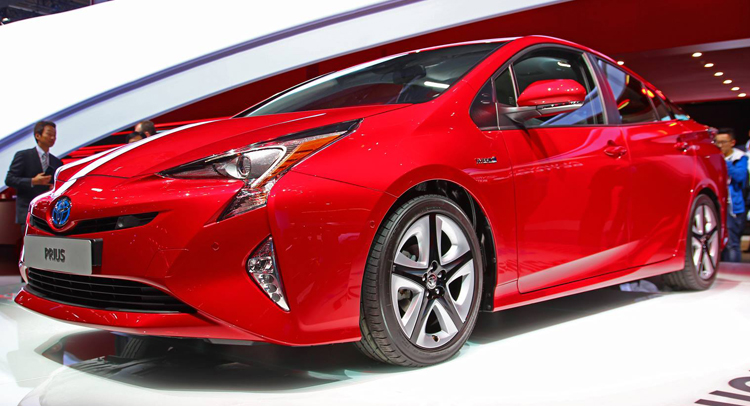To say that the all-new Prius has a controversial design would be an understatement. We’ve already seen this new styling language on the Mirai fuel-cell car, but the fact that Toyota applied it to a more mainstream model like the Prius is quite shocking.
Anyway, design is a personal subject, so let’s move on to what’s new about the fourth-generation Prius.
Toyota says the new model aims to make the biggest leap yet in performance, with a target of improving CO2 emissions by 18 percent compared to the previous-generation model – according to New European Cycle (NEDC).
The first production model based on the Toyota New Global Architecture (TNGA) platform, the Prius is powered by a new generation of Toyota’s full hybrid powertrain, which promises “significant advances in highway fuel economy and a much more rewarding driving experience.”
The hybrid powertrain has been extensively revised to improve efficiency, reduce weight and boost performance. The new hybrid systems come in a more compact, lighter and cheaper package. The batteries will offer higher energy density, while the electric motors will be smaller in size while providing a better power-to-weight ratio.
The thermal efficiency of the (as of yet, unidentified, but believed to be a 1.8L unit) gasoline engine has been increased to more than 40 per cent, which Toyota says is a world’s best for a gasoline unit. As a result, the new hybrid system targets an 18 percent improvement in fuel efficiency compared to the current car. No figures have been released though.
Thanks to the new platform, the new Prius has a 20mm lower height (1,470 mm) than the current model, while retaining the 2,700mm wheelbase. The car is 60mm longer overall at 4,540 mm and 15mm wider at 1,760 mm.


















































